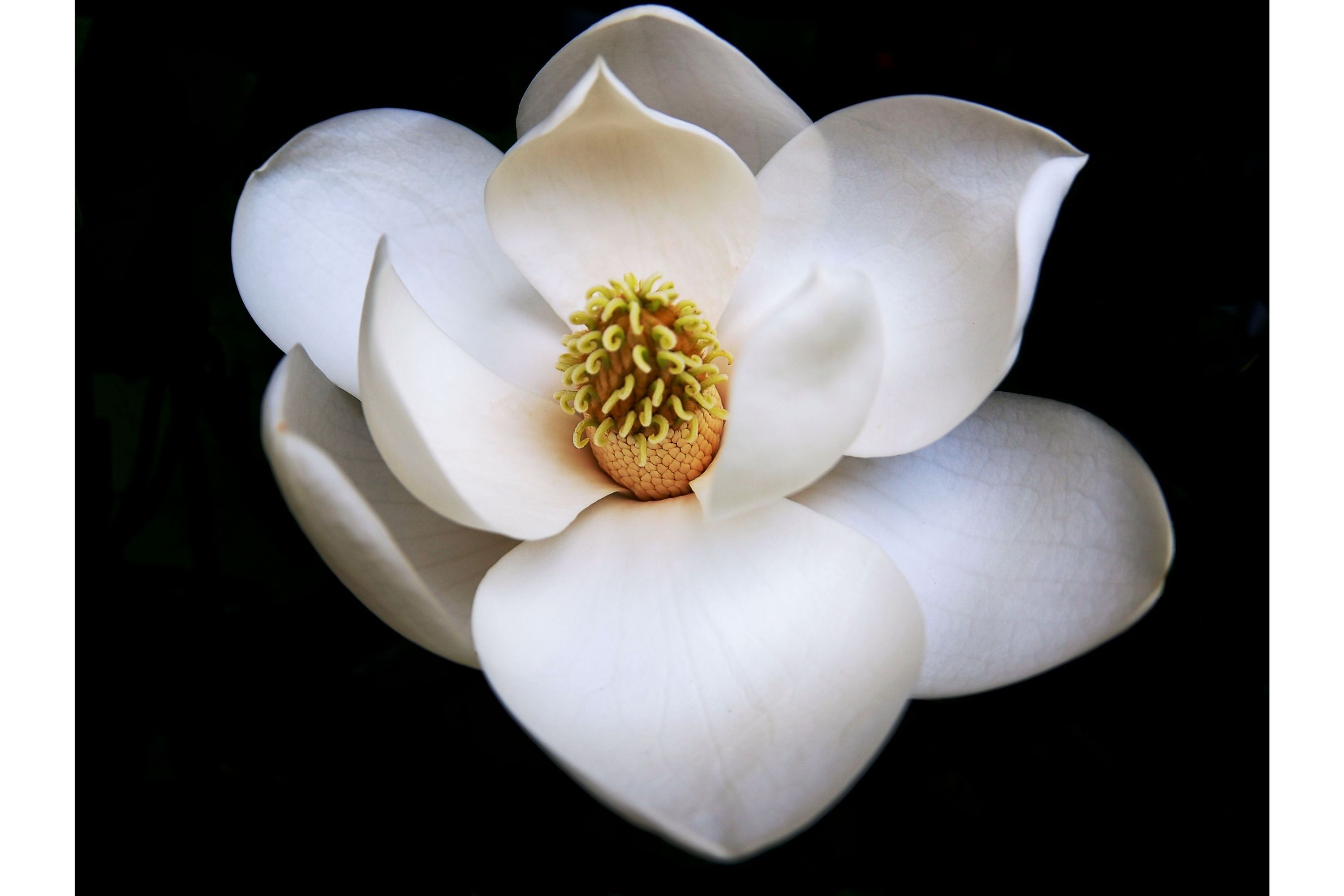Magnolia lenticellata
(Magnolia lenticellata)

Description
Magnolia lenticellata is a species of plant in the family Magnoliaceae. It is endemic to Colombia. Magnolia is a large genus of about 210 to 340 flowering plant species in the subfamily Magnolioideae of the family Magnoliaceae. It is named after French botanist Pierre Magnol. Magnolia is an ancient genus. Appearing before bees evolved, the flowers are theorized to have evolved to encourage pollination by beetles. To avoid damage from pollinating beetles, the carpels of Magnolia flowers are extremely tough. Fossilized specimens of M. acuminata have been found dating to 20 million years ago, and fossils of plants identifiably belonging to the Magnoliaceae date to 95 million years ago. Another aspect of Magnolia considered to represent an ancestral state is that the flower bud is enclosed in a bract rather than in sepals; the perianth parts are undifferentiated and called tepals rather than distinct sepals and petals. Magnolia shares the tepal characteristic with several other flowering plants near the base of the flowering plant lineage such as Amborella and Nymphaea (as well as with many more recently derived plants such as Lilium). The natural range of Magnolia species is a disjunct distribution, with a main center in east and southeast Asia and a secondary center in eastern North America, Central America, the West Indies, and some species in South America. Magnolias are spreading, evergreen or deciduous trees or shrubs, characterised by large fragrant flowers which may be bowl-shaped or star-shaped, in shades of white, pink, purple, green or yellow. In deciduous species the blooms often appear before the leaves, in Spring. Cone-like fruits are often produced in Autumn. As with all Magnoliaceae, the perianth is undifferentiated, with 9–15 tepals in three or more whorls. The flowers are bisexual with numerous adnate carpels and stamens are arranged in a spiral fashion on the elongated receptacle. The fruit dehisces along the dorsal sutures of the carpels. The pollen is monocolpate, and the embryo development is of the Polygonum type. Taxonomists, including James E. Dandy in 1927, have long had an interest in observing fruits of Magnoliaceae and have often used the differences, or perceived differences, in fruit characters to justify systems for classification.
Taxonomic tree:







